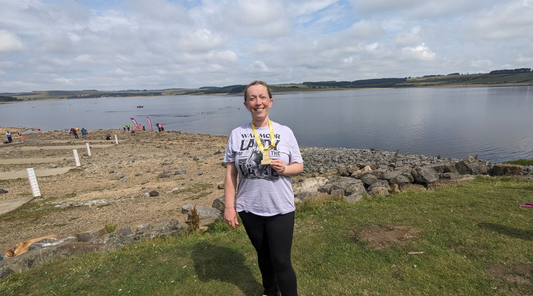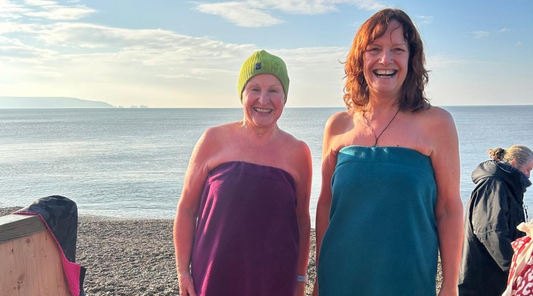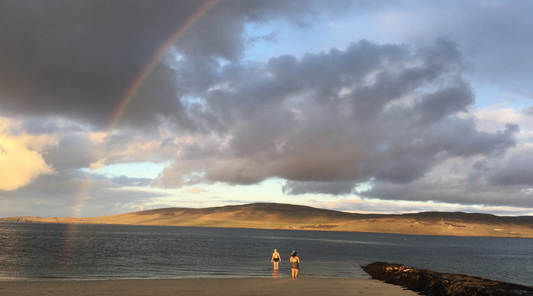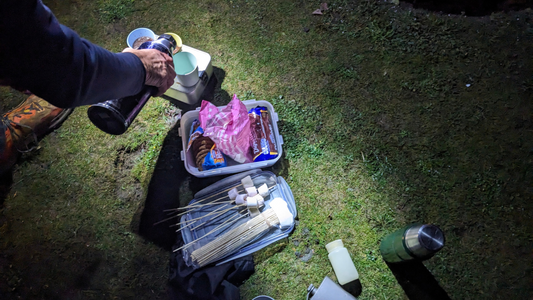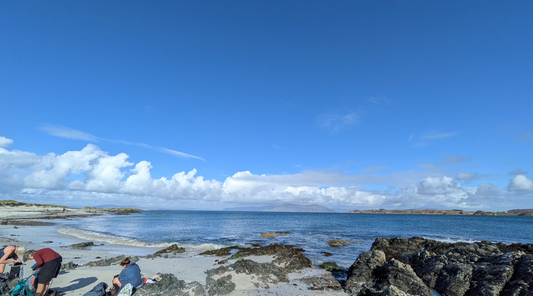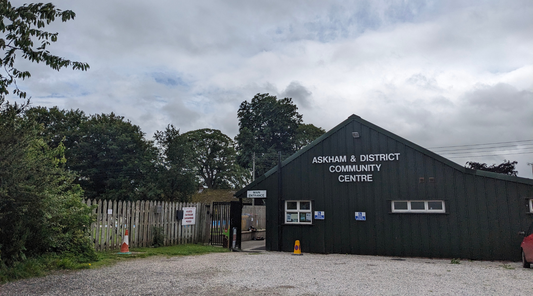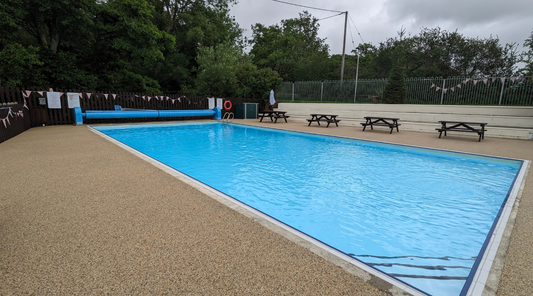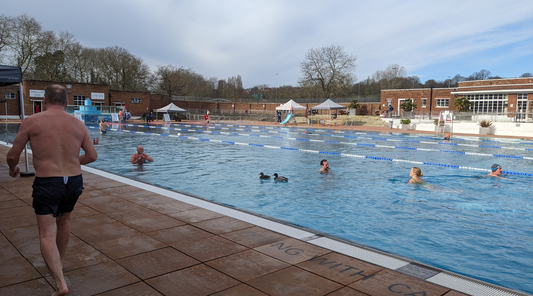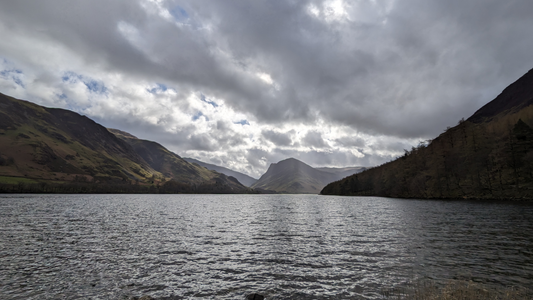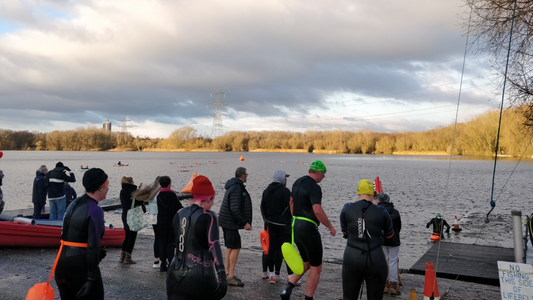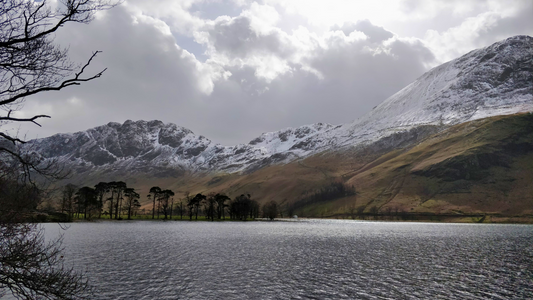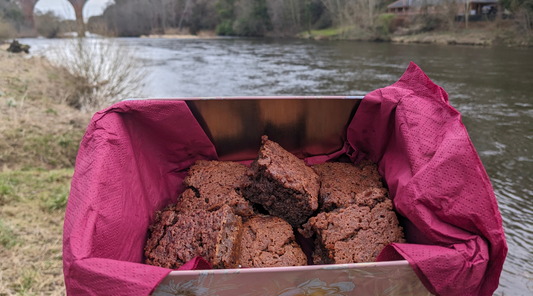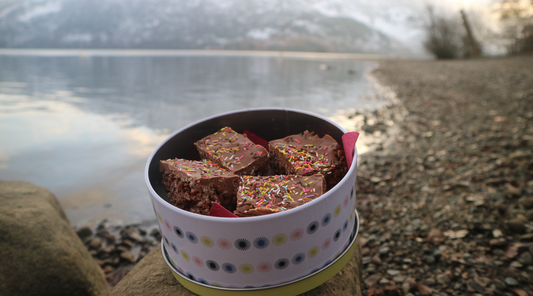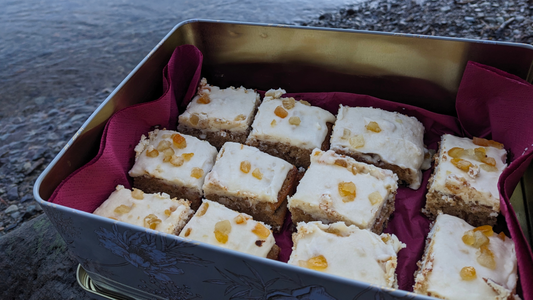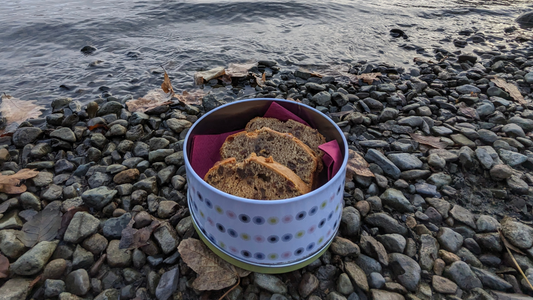If you’re anything like me, you’ve probably called any outdoor, man-made swimming spot a lido. But while all lidos are outdoor pools, not all outdoor pools are lidos. So how do you tell the difference?
Lee-doh or Ly-doh?
(/ˈliːdoʊ/ LEE-doh, /ˈlaɪdoʊ/ LY-doh)
Ask Google how to pronounce Lido and you’ll hear “Lee-doh.” The word comes from the Italian litus, meaning “shore,” and the very first Lido was actually an island in the Venice Lagoon.

Back in the Crusades, this sliver of land was a launch point for soldiers travelling east. By the 1800s, developers saw its potential as a glamorous beach resort. The glitz and the glamour latched on, and the popularity of the area exploded. The idea caught on, and by the 1930s Britain was borrowing the name to add a dash of European razzle-dazzle style to new open-air bathing spots like the Serpentine Lido in London.

What Makes a UK Lido?
Now that we know where the word came from, what exactly makes a UK lido stand out?
You look at a lido and you see it as a place to swim, when actually it is much more than that. It is…
- A social space – built for swimming and relaxing, meeting friends, and enjoying the outdoors. Think beach holiday vibes, but on your doorstep.
- Designed with flair – art deco lines, sweeping sun terraces, landscaped grounds.
- Part of cultural history – many were built in the 1920s and ’30s and still carry a sense of nostalgia.
Many lidos closed when foreign package holidays became affordable, but the tide is turning. Rising travel costs, general economic pressures, and the pandemic have all paved the way to a renewed love of “local”, which has sparked lido restorations nationwide.
In Cumbria, Grange Lido is seeking investment to return it to its 1930s glory, while London still boasts a huge range of lidos. Check out our post about just a handful of them, including Parliament Hill Lido, which shines out as a fine example of an art deco community hub.

What’s an Outdoor Swimming Pool?
Outdoor pools are a little more straightforward:
- Purpose: Primarily for exercise, leisure swimming, and children’s play.
- Facilities: Anything from basic changing rooms to heated lanes and lifeguards.
- Style: Functional and practical, without the architectural heritage or cultural history of a lido.
They’re fantastic community assets but tend to be about swimming rather than the whole experience.
Why Lidos Matter
“Lidos are to swimming pools as lingerie is to underwear.”
— Roger Deakin
Lidos were built to better society: classless, public spaces where everyone could swim, socialise, and stay healthy. After WWI, there was a surge in construction, especially in London, which aspired to become a “city of lidos” with one in walking distance for every resident.
Over a century later, the mission hasn’t changed, but perhaps the need is greater than ever. In an age of screens and isolation, these open-air community hubs are a real asset to society.
The Future Lidos group is working to protect, restore, and engage with new spaces as potential sites. With support from The National Lottery Heritage Fund, they’re providing resources and expertise to help communities bring back the golden age of the lido.
“A renewed love of these special places and the blissful joy of swimming outdoors has created a lido renaissance right across the country.”
— Eilish McGuinness, National Lottery

Whether it’s the elegance of a restored 1930s lido or the simple joy of your local outdoor pool, these spaces deserve our support.
If you’re lucky enough to have one nearby, go, swim, and be part of its story. And if you want inspiration, explore the Location section in the Wild Swimming Journal as we make our way around them all.


